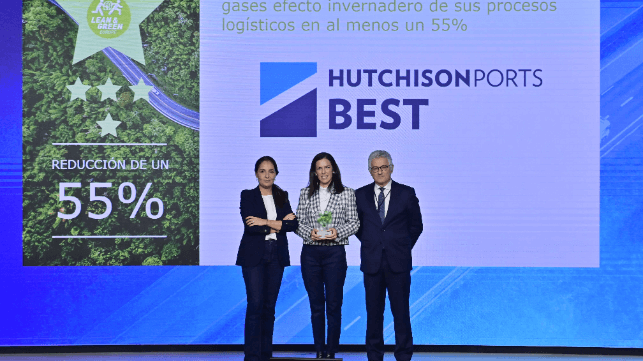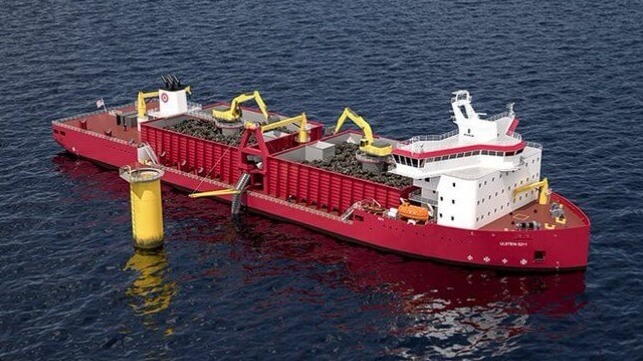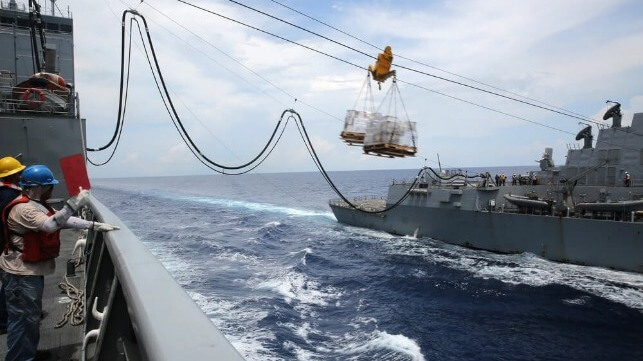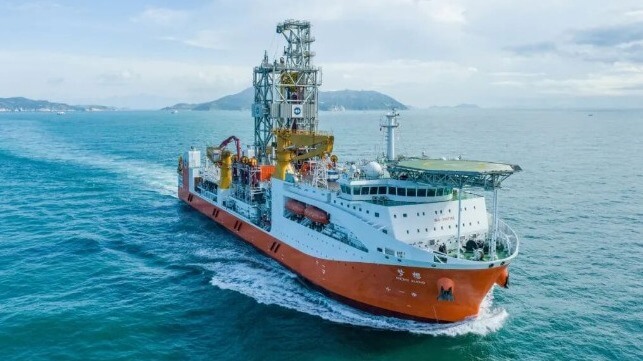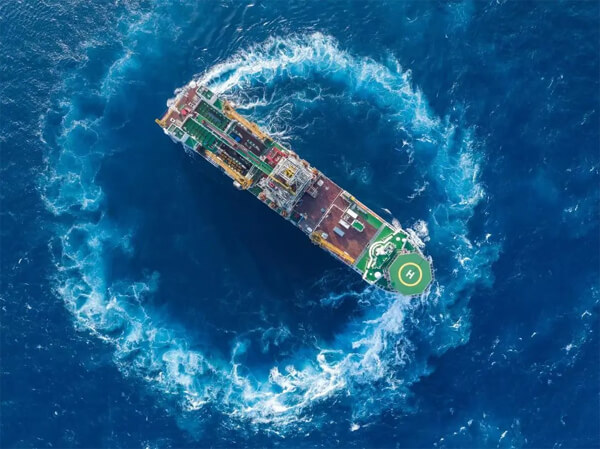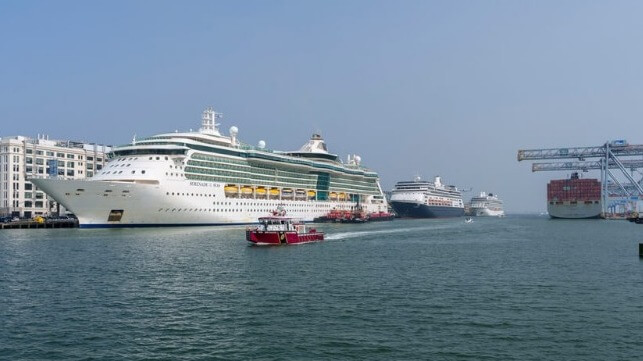Reuters | November 23, 2024 |
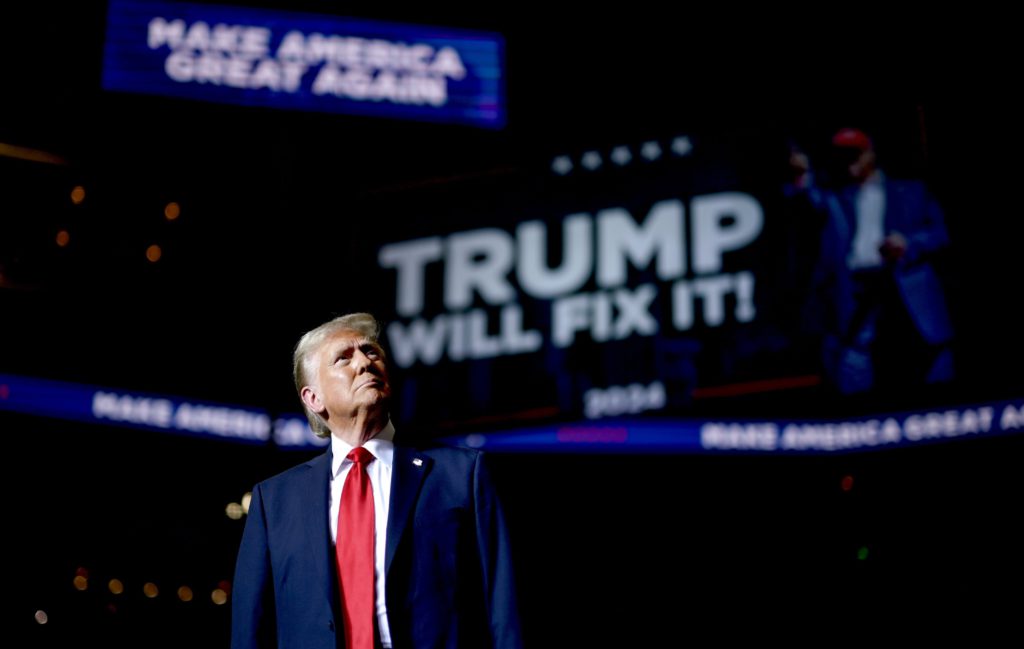
Image source: Donald Trump’s official X account
Donald Trump has described the Inflation Reduction Act (IRA) as a “green scam” and vowed to repeal it after he returns to the White House in January.

This is bad news for sectors such as electric vehicles (EV) and wind power, which have been major recipients of the Biden administration’s signature $369 billion energy transition legislation.
But some of the “new green deal” money has also been channeled to the US industrial base, such as the $75 million allocated for an upgrade of Constellium’s aluminum rolling mill in West Virginia.
Will this too be clawed back? It seems unlikely because when it comes to rebuilding US industrial capacity and cutting the country’s critical minerals dependency on China, there is remarkable cross-party consensus.
Indeed, it was then-President Trump who in 2020 declared the country’s “undue reliance” on “foreign adversaries” for critical minerals a national emergency.
Trump in his second presidency is unlikely to reverse the drive to metallic self-sufficiency. He may even prove to be an accelerator.
Investing in America
Both the Department of Energy (DOE) and the Department of Defense (DOD) have pumped billions of dollars into rebuilding US metals capacity.
The DOE has largely channeled funds to EV battery inputs such as lithium, manganese and graphite.
The DOD has sprinkled the cash far more widely, targeting a spectrum of esoteric elements ranging from antimony to zirconium, including an unidentified “critical material” incongruously described as essential both for “the protection of human lives” and ammunition packaging.
The Biden administration boasts that thanks to government largesse companies have announced $120 billion in investment in domestic battery and critical minerals capacity.
Yet most of that investment has been concentrated on the downstream part of the supply chain.
Seventeen new US battery plants have been announced since the IRA came into effect in July 2022, boosting pipeline capacity by 68% through 2030, according to research house Benchmark Mineral Intelligence.
When it comes to investing in the metals needed to supply those gigafactories, most of the projects receiving federal funds are those looking to enhance existing recycling capacity.
New primary smelting projects remain conspicuous by their absence. Century Aluminum has been awarded a potential $500 million to build a new aluminum smelter but there has been no update since the original announcement in March.
Even the DOD’s high-priority rare earths processing venture with Australia’s Lynas Rare Earths has run into trouble. Earthworks at the Seadrift site in Texas have been put on hold due to problems getting a wastewater permit, Lynas said in its latest quarterly report.
Stuck in the ground
New smelting capacity needs new mines to supply it and that’s where the US minerals investment boom is still struggling to build momentum.
Most of the funds committed to the mining sector have been directed at lithium, both for new mines such as Lithium Americas’ Thacker Pass and multiple projects experimenting with direct extraction technology.
South32’s Hermosa zinc-manganese project in Arizona is a non-lithium stand-out, qualifying for both DOD and DOE funds and the first mine to qualify for the Fast-41 accelerated permitting process.
Many others, however, remain mired in the country’s tortuous permitting process.
The Biden administration has struggled to reconcile its desire to produce the metals needed for the green energy transition with its environmental credentials.
Big copper projects such as the Pebble mine in Alaska and the Twin Metals project in Minnesota have been killed off.
Trump has already promised to reverse Biden’s 20-year ban on mining in the Superior National Forest in Minnesota in “about 10 to 15 minutes” of taking office.
That in itself won’t be a green light for the Twin Metals project, which would still have to get state permitting sign-off, but it’s a sign that the Trump administration won’t be hobbled by the green-on-green cabinet conflict that characterized the last four years.
Focus on China
A new Trump administration is also likely to take a much tougher line on critical metal imports from entities linked to China.
Talon Metals has been allocated funds by both the DOD and DOE to progress its Tamarack nickel project in Minnesota and explore for more resource in the state.
It’s a tough time to be in the nickel business, though, as a mining boom in Indonesia has crushed prices and forced many existing operators out of business.
Most of Indonesia’s nickel capacity is controlled either directly or indirectly by Chinese entities, which has not stopped US carmakers such as Ford from joining the Indonesian nickel rush.
Price has trumped politics when it comes to securing a key metal for EV batteries.
Depending on the structure of the joint venture between Ford, Vale and China’s Zhejiang Huayou Cobalt, the nickel from the new plant in Indonesia could even count as IRA-compliant and qualify for federal EV subsidies.
Such sourcing ambiguity seems unlikely to survive the Make America Great Again focus of a new Republican administration.
Indeed, every sign so far is that Trump 2.0 will double down on the US minerals self-sufficiency drive, even if it means accepting that not all of the IRA funds are a “green scam”.
(The opinions expressed here are those of the author, Andy Home, a columnist for Reuters.)
(Editing by Mark Potter)



